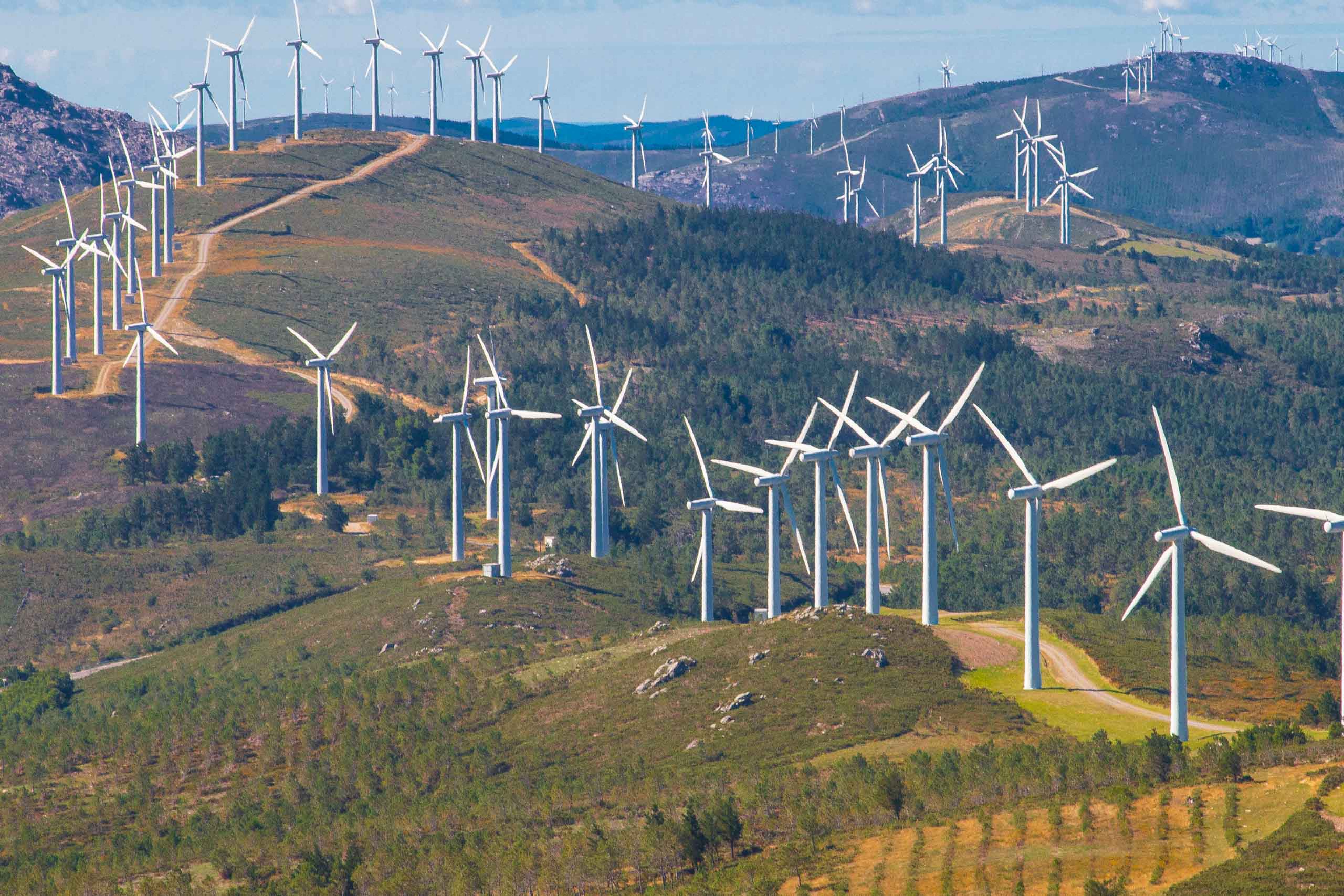They denounce that a wind farm threatens the recovery of the bearded vulture in Teruel.

The wind turbines, in Aliaga, Ejulve, Castel de Cabra, Palomar de Arroyos and La Zoma, would be very close to the bearded vulture breeding and release area of the LIFE Pro Bearded Vulture project in Teruel. The FCQ warns that a wind farm projected between the municipalities of Aliaga, Ejulve, Castel de Cabra, Palomar de Arroyos and La Zoma, “jeopardizes” the recovery plan for these birds in the province of Teruel. FCQ spokesman Juan Antonio Gil explains that the farm would consist of nine wind turbines mounted on 121-meter towers, eight of which would be located in Ejulve, affecting the Natura 2000 Network and Important Bird Areas (IBA). Gil warns that the bearded vulture breeding and release area installed in 2022 as part of the European Life Pro Bearded Vulture project would be 2,500 meters from a wind turbine. It warns that, according to data collected in a study conducted in South Africa on the impact of wind energy on bearded vultures, windmills would cause an accelerated decline of the existing population. The same work proposes not to install wind turbines on peaks and ridges as well as on certain slopes. Gil also recalls that in Switzerland, wind production exclusion areas have been established within a five-kilometer radius of known bearded vulture nesting areas.
The FCQ is confident that the Aragonese Institute of Environmental Management (Inaga) will “reconsider” in its Environmental Impact Statement (EIS) and consider the wind farm planned for the Ejulve area “incompatible with the conservation of the biodiversity values present in the project area”.
The FCQ adds that the park will be only three kilometers from one of the most important feeding station for carrion eating raptors in Aragón, where some times up to 3,000 griffon vultures gather at a time. According to the activity report of the Wildlife Recovery Center of La Alfranca (Zaragoza), in 2021, of the 6,129 birds admitted, more than 40% were due to collisions against windmills. The bird with the highest number of birds was the griffon vulture, with 977 birds, of which 603 were due to collisions. Juan Antonio Gil stresses that the wind farm affects the viability of the bearded vulture reintroduction projects initiated in Castellón in 2018 and in 2022 in Aragón. Since 2018, 11 chicks have been released in Castellón and 2 in Teruel.
Source:
https://www.heraldo.es/noticias/aragon/teruel/2022/12/02/denuncian-que-un-parque-eolico-amenaza-la-recuperacion-del-quebrantahuesos-en-teruel-1616336.html






